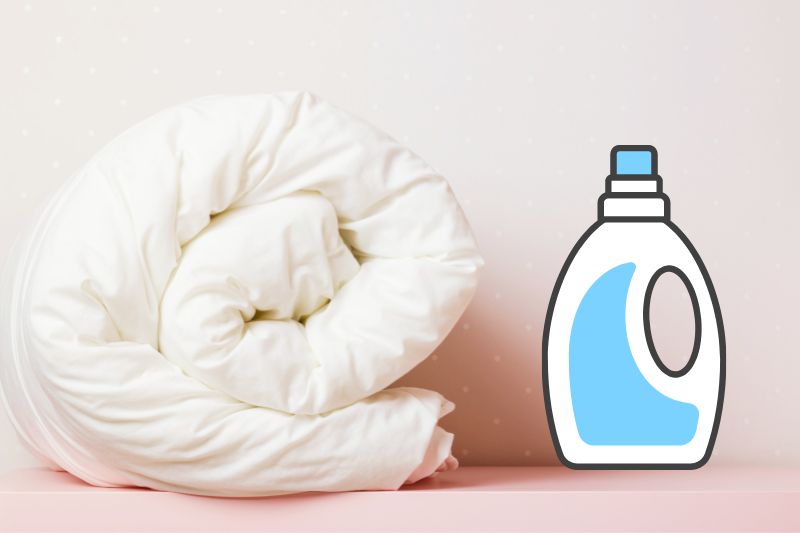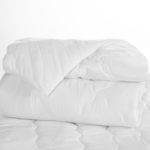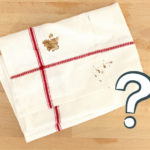When it comes to bedding, there’s not much better than a luxuriously soft feather duvet. This cosy bedding essential is extremely warm and can help you achieve that perfect night’s sleep, but when it comes to keeping it clean, there can be some issues.
Using the wrong products, temperature, and washing techniques can lead to irreversible damage when cleaning a feather duvet!
Unfortunately, duvets must be regularly washed so that all the dead skin cells, sweat particles, and dust mites accumulating in the fabric are rinsed away.
So how can you freshen up your duvet without causing any damage? Thankfully, it’s not as hard as it sounds.
In this article, we will guide you through how to wash a feather duvet while ensuring it remains fresh, fluffy, and comfortable for many years to come.
Can You Put a Feather Duvet in the Washing Machine?
Washing your feather duvet may seem like a daunting task, but it is essential in ensuring your bed remains healthy and clean to sleep in.
Thankfully, many duvets—including feather duvets—can simply be thrown in the washing machine for a quick and easy clean.
A step-by-step guide on how to safely clean a feather duvet in the washing machine is given below:
Step 1: Inspect the care label
Before attempting to wash your feather duvet, ensure you inspect the care label.
Although the majority of duvets can be machine washed, you will occasionally come across one that is dry clean only. In this case, take your duvet to a professional rather than washing it yourself.
Step 2: Check your washer’s capacity

If your duvet is safe to go into the washing machine, your next job is to ensure that your washer has the capacity to hold the duvet.
When your duvet is in your washing machine, the drum should only be 2/3 full. This ensures the duvet can move freely and be evenly cleaned during the wash cycle.
It is also important to consider the weight of your duvet when wet. Putting washing loads that are too heavy inside your washing machine can damage the appliance.
If your washer’s capacity is too small, you can either take your duvet to a launderette or wash it in your bathtub by hand.
Step 3: Mend any rips or tears
Inspect your feather duvet for any rips or tears before washing it. These will only become larger during the wash cycle, releasing feathers into the drum.
As you can imagine, this would result in a huge mess, so it’s important you sew them up at this time using a needle and thread.
Step 4: Spot treat stains
Stains on duvets are common, especially if they’re not washed frequently enough. The most common stains are brown or yellow marks caused by body liquids and sweat.
If there is a stain that you want to remove, it is most effective to apply stain remover directly onto the mark before placing it into the machine.
For commercial stain removers, always follow the packaging instructions for the best results. You can also make your own DIY stain removers using everyday products like bicarbonate of soda and vinegar.
Step 5: Load the duvet into the drum
With your duvet prepped, it’s time to start washing. Place your feather duvet into the washing machine drum and shut the door.
Ensure there are no other items of laundry in the machine at the same time, as these could become tangled with the duvet.
Step 6: Add your laundry products
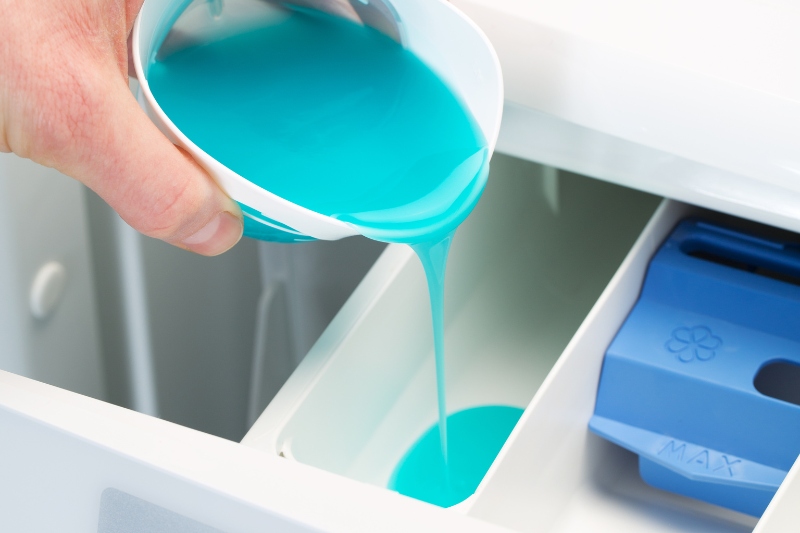
Add a mild detergent to the machine according to the packet instructions. Those designed for use on wool and delicates, such as Woolite and Ecover’s Delicate Wool and Silk Detergent, will be highly effective and are unlikely to cause any damage.
When washing a feather duvet, it’s crucial to avoid fabric softener. The fabric softener will coat the feathers and reduce your duvet’s fluffiness.
You can use fabric softener for other pieces of bedding (sheets, pillowcases, duvet covers, etc.), but never on feather duvets.
Step 7: Select your wash cycle
Make sure you wash your duvet on a delicate cycle with a low temperature of 30 to 40 degrees. These settings are very gentle and are the least likely to cause any damage to the feathers in your duvet. Start the wash cycle.
Step 8: Repeat the rinse cycle
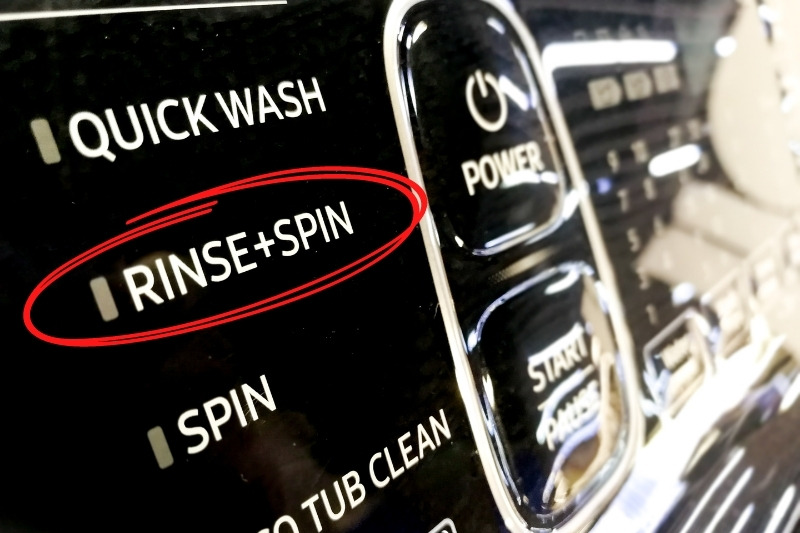
Once your washer has completed its rinse cycle, reset the machine so that the process is repeated. This will ensure that all traces of laundry detergent have been removed from the duvet before the spin cycle kicks in. Check your appliance’s user manual for specific guidelines on how to do this.
Step 9: Unload the machine
Remove your duvet from the washing machine as soon as the wash cycle has finished. Allowing it to remain in the drum for an extended period could cause issues with mould and mildew and increase the chances of clumping. Instead, always start the drying process as soon as possible.
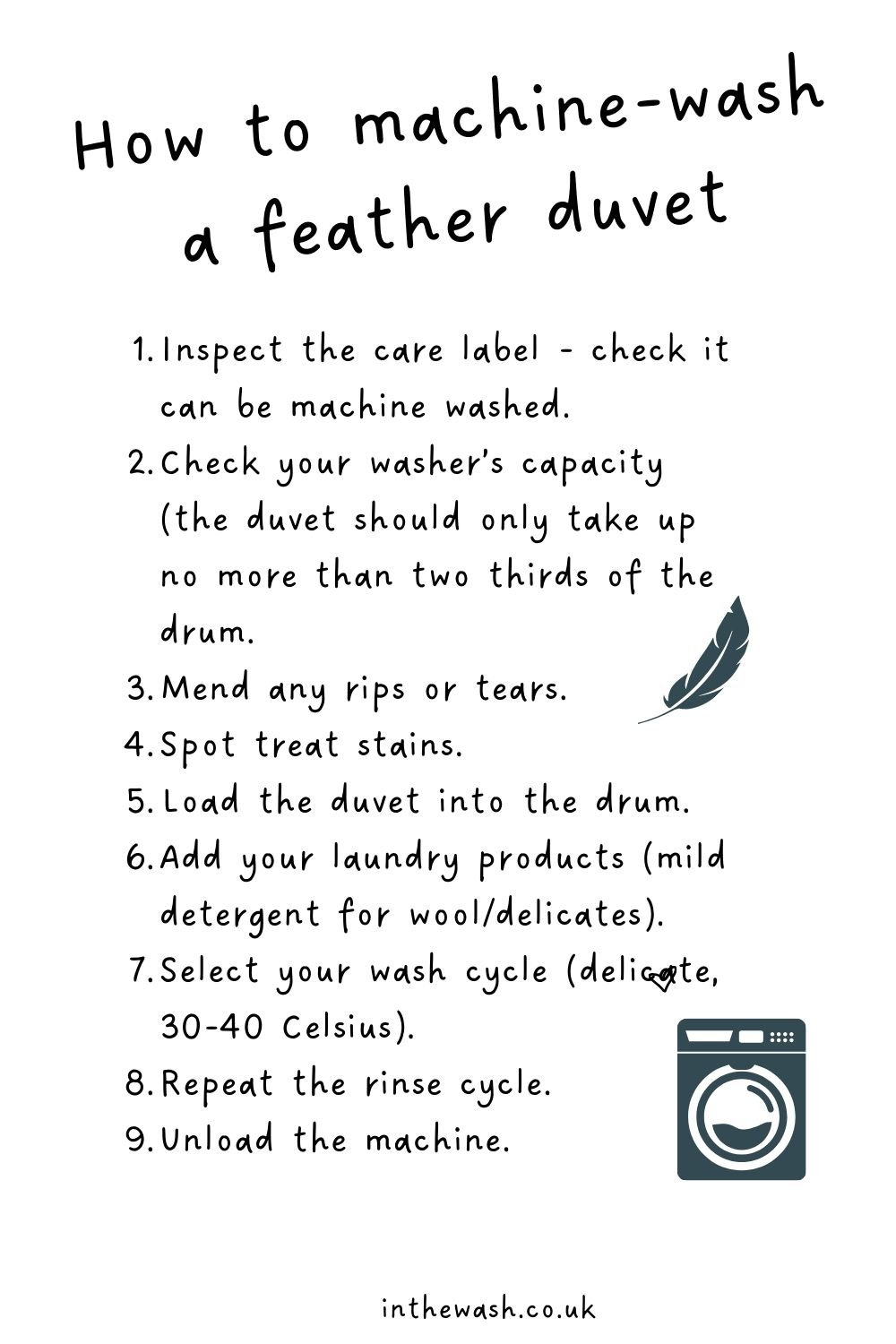
How to Dry a Feather Duvet
Once you’ve finished washing your feather duvet, it’s essential that you allow it to finish drying before placing it back on your bed.
There are two potential ways of doing this: (1) placing the duvet in the tumble dryer and (2) leaving it to air dry.
Tumble drying a feather duvet
Most feather duvets can safely be placed in the tumble dryer to speed up the drying process. However, check the item’s care label first to avoid any accidental damage to the feather filling.
If your duvet is safe to tumble dry, always use the lowest temperature setting and check on its progress every 30 minutes.
At this time, we also suggest fluffing your duvet by hand to ensure the feathers are evenly distributed. If desired, add a few dryer balls to further prevent clumping.
Air drying a feather duvet
The safest way of drying your feather duvet is to hang it up to air dry. The best place to do this is on an outdoor washing line, but an indoor airer or balcony can also be just as effective.
Simply ensure the duvet is hung in a shaded area away from any heat sources and flip it over every 2 hours so that each side can dry evenly. The total drying time will be roughly 18 hours.
Whenever you flip the feather duvet, we suggest you loosen and even out the lumpy pieces of filling with your fingers so as to ensure the duvet remains light and fluffy.
Hanging your duvet will often cause uneven feather distribution, so this is highly important when using this drying method.
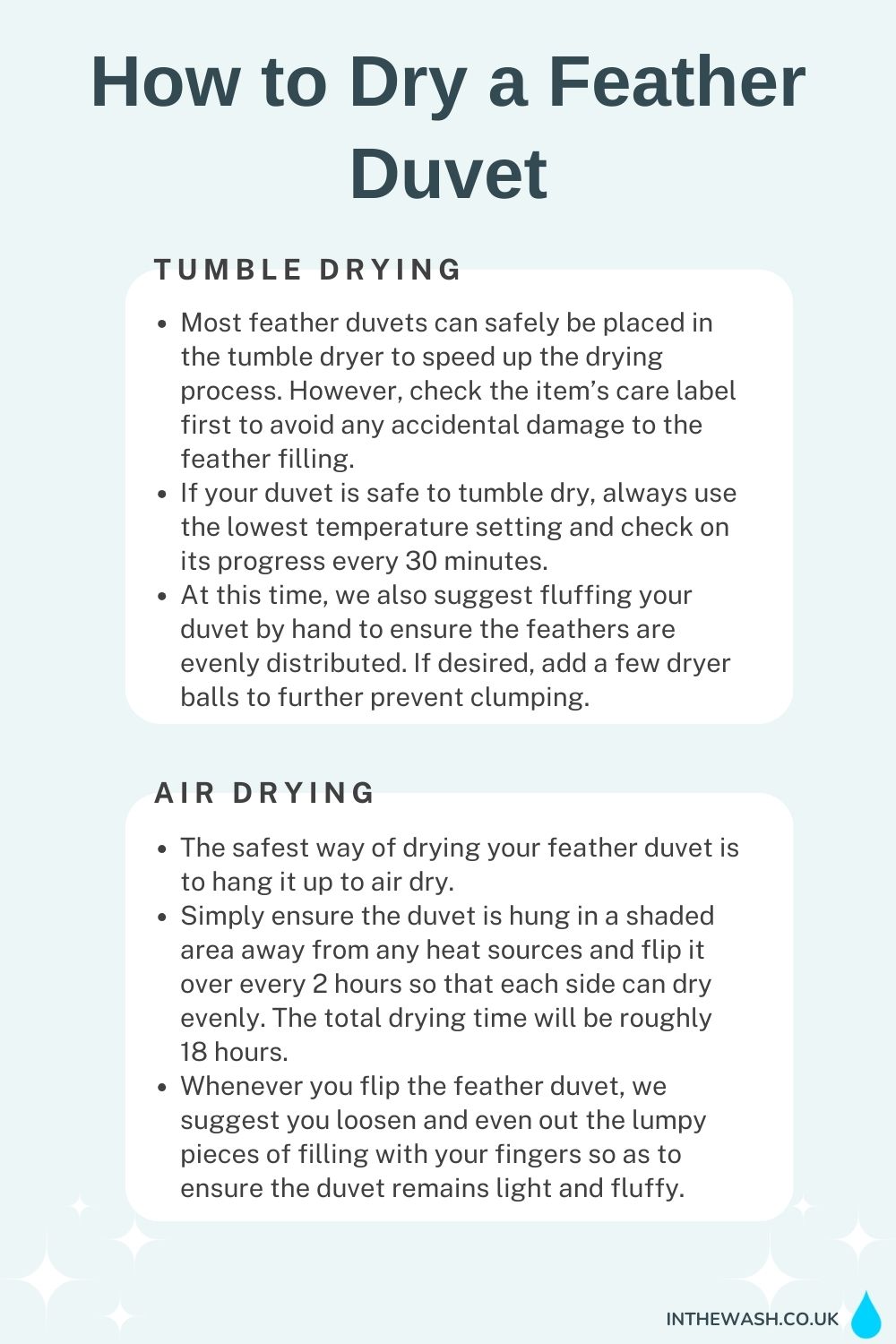
Why Is My Feather Duvet Flat After Washing?

One of the most common concerns when washing a feather duvet is that it will become flat.
When your duvet is first removed from the washer, this is completely normal: The leftover moisture in the duvet will clump the feathers together, but this will usually sort itself out as long as you dry and fluff the duvet as directed above.
If your feather duvet is still flat and lumpy after the drying process, there are a few different things you can try to rectify the issue:
- Shake out the duvet to re-distribute the feathers: Clasp two corners of your duvet in your hands and bring it up to eye level. Then, quickly whip the duvet out to create a wave motion with the fabric. Repeat this a few times each day to help separate and evenly distribute the feather filling.
- Manually separate the clumps: Use your hands to massage any large clumps of feathers that have formed within your duvet during the washing cycle. By pushing against these lumps, you can break apart the feathers inside so that they can freely move around once more. Shake the duvet once you’re done.
- Place the duvet back in the dryer: If your duvet can be tumble dried, try placing it back in the machine with a few dryer balls. Select the air dry/fluff setting and allow the dryer to run for 30 minutes. The dryer balls will help to break up the clumped feathers and return your duvet to its original fluffy state.
- Re-wash the duvet: In the worst-case scenario, the feathers may be stuck together due to some left-behind laundry detergent or fabric softener. If this occurs, you may have to re-wash the duvet to resolve the issue. When doing so, ensure you use less laundry detergent so that it is all removed during the rinse cycles and no fabric softener.

Hannah has a passion for cleaning. She worked her way around Australia by cleaning hostels in exchange for free accommodation and used her cleaning skills to bag a job as a chalet host for a luxury ski company in France.
